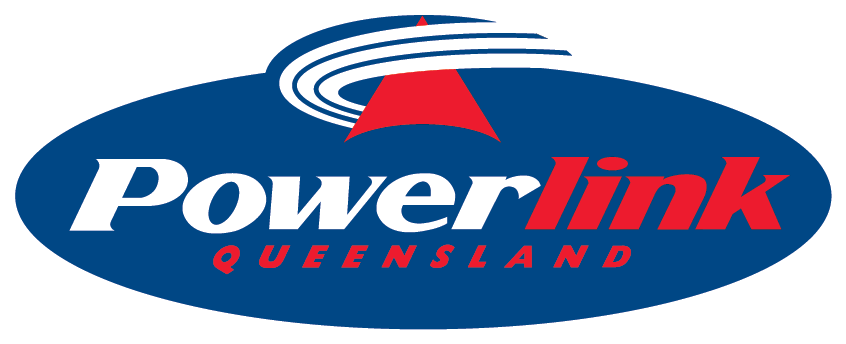Powerlink and Cultural Heritage
Powerlink acknowledges and respects the ongoing connection of Aboriginal and Torres Strait Islander Peoples to their traditional lands. We respect the communities in which we work and their Cultural Heritage values. Our priority is to ensure we avoid or minimise harm to Cultural Heritage when acquiring easements or land to build our transmission assets.
Powerlink actively consults with Aboriginal Parties, their representatives, relevant authorities and other community groups to:
- identify and manage significant Aboriginal and Torres Strait Islander Cultural Heritage areas and objects, and
- places of historical significance to Queensland’s communities.
Powerlink recognises that Traditional Owners have a significant landholding interest and are key stakeholders in our operations. Powerlink meets its obligations under the Aboriginal Cultural Heritage Act 2003, the Queensland Heritage Act 1992, and Commonwealth legislation. We proactively engage with Traditional Owner groups to foster respectful and positive relationships, including through our established agreement making approach. This approach establishes agreed processes to identify and manage Cultural Heritage in all phases of our activities and recognises Traditional Owners’ unique knowledge of the land.
Powerlink’s processes guide the ongoing management for Cultural Heritage throughout the life of our transmission assets from the planning and delivery of new network investment projects to maintenance and refurbishment of assets.
We work cooperatively with customers wishing to connect to our network to achieve efficient Cultural Heritage outcomes for the benefit of commercial projects.
Aboriginal Cultural Heritage
Aboriginal Cultural Heritage refers to areas and objects that:
- hold particular significance according to Aboriginal Tradition,
- have archaeological or historic value to an Aboriginal Party, or
- comprise evidence of Aboriginal occupation of an area.
Aboriginal Cultural Heritage items can include stone artefact scatters, scarred trees, hearths (fire places), grinding grooves, stone tool quarries, rock shelters, art and story places.
Powerlink works with Aboriginal Parties and Traditional Owners to develop and implement a Cultural Heritage Management Plan (CHMP) or Agreement for Powerlink’s construction projects across Queensland.
CHMPs and Agreements can include working with Traditional Owners and archaeologists to identify significant areas, objects and places and agreeing on specific Cultural Heritage avoidance and management processes and work practices for particular areas.
Powerlink has ongoing agreements with several Aboriginal Parties relating to works within their Native Title claim areas. These agreements provide a framework within which the Aboriginal Party is meaningfully consulted about works and actively engaged in the processes of Cultural Heritage management.
Aboriginal Cultural Heritage is different to Native Title. Cultural Heritage surveys conducted by Powerlink are for the purposes of meeting our ‘Duty of Care’ under the legislation and the presence of an Aboriginal Cultural Heritage site on a property does not mean it is subject to Native Title.
Historical or Other Cultural Heritage
Historical or other Cultural Heritage refers to places and artefacts that are of historical or other heritage value to the community, including sites listed and protected under State or Commonwealth legislation.
For such sites Powerlink may work with archaeologists, historians or community groups to appropriately balance the protection of the site or artefacts with the development of its infrastructure.
For example, during early investigations relating to the redevelopment of the Blackwall substation it was recognised that the historic Mt Crosby Tramway could be impacted by the works. Powerlink engaged the University of Queensland to conduct an assessment of the area. The result of this was that excavation works were closely monitored by both Powerlink and external archaeologists. Local community groups were consulted to identify and preserve any significant artefacts.
